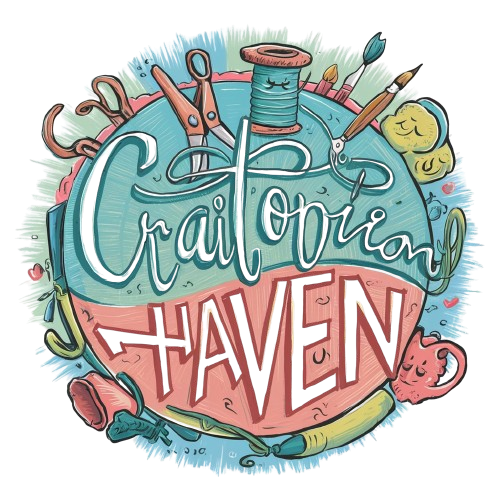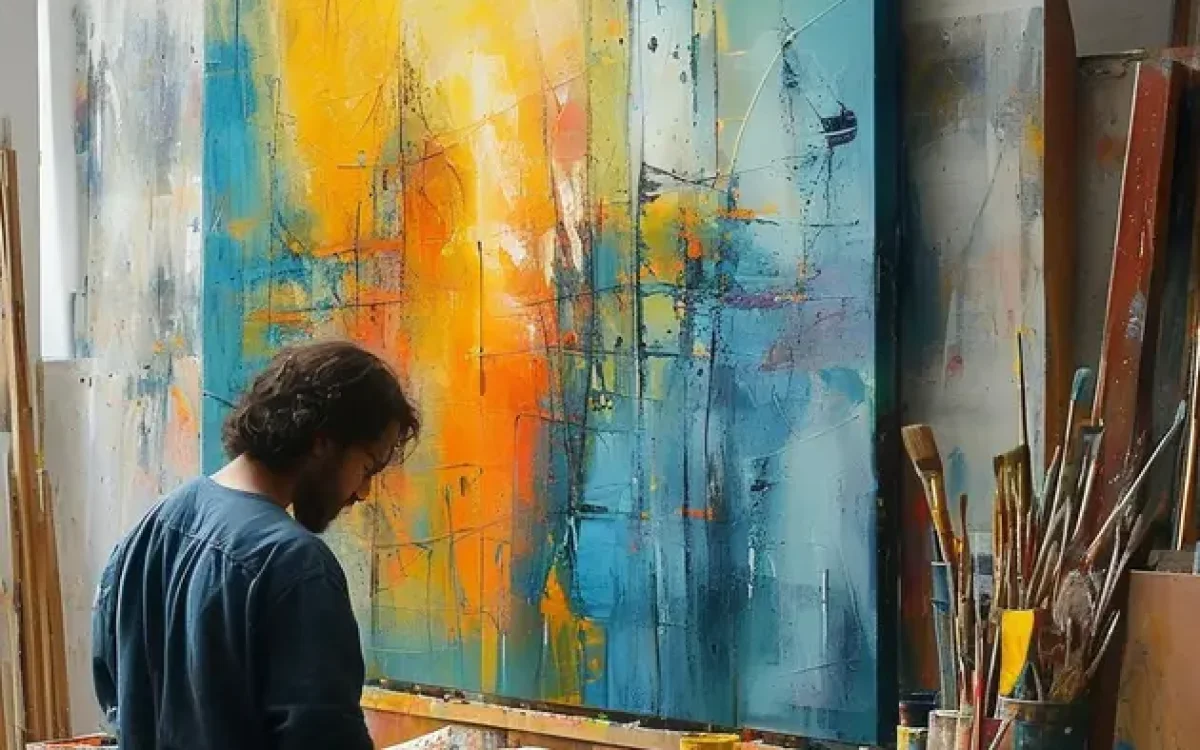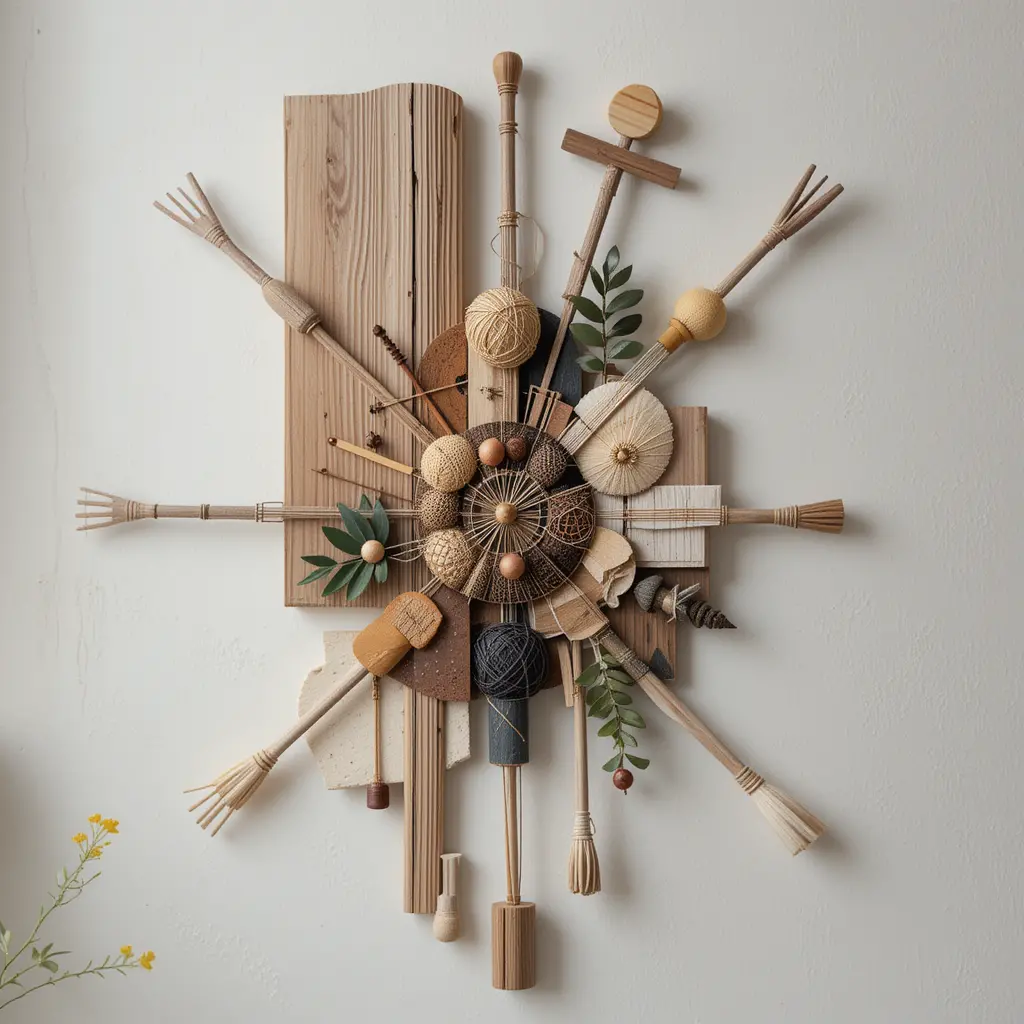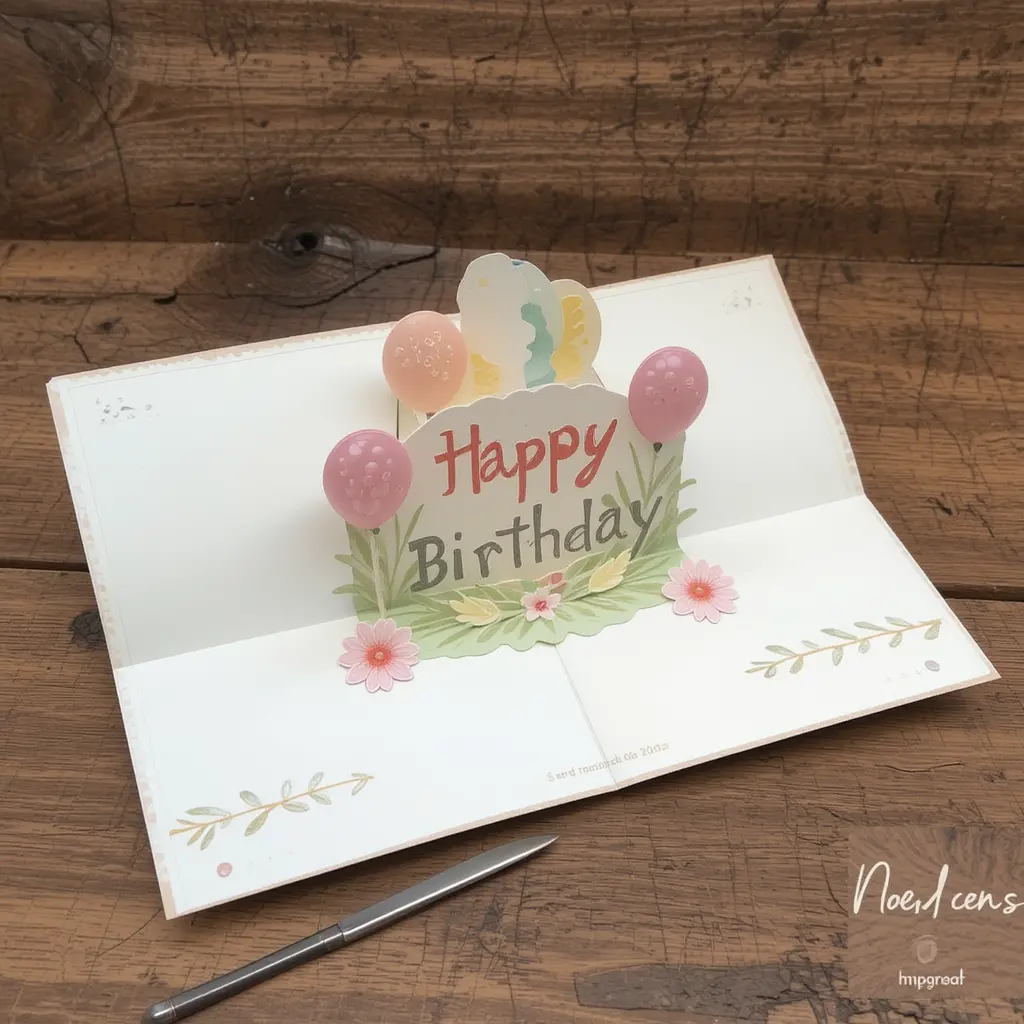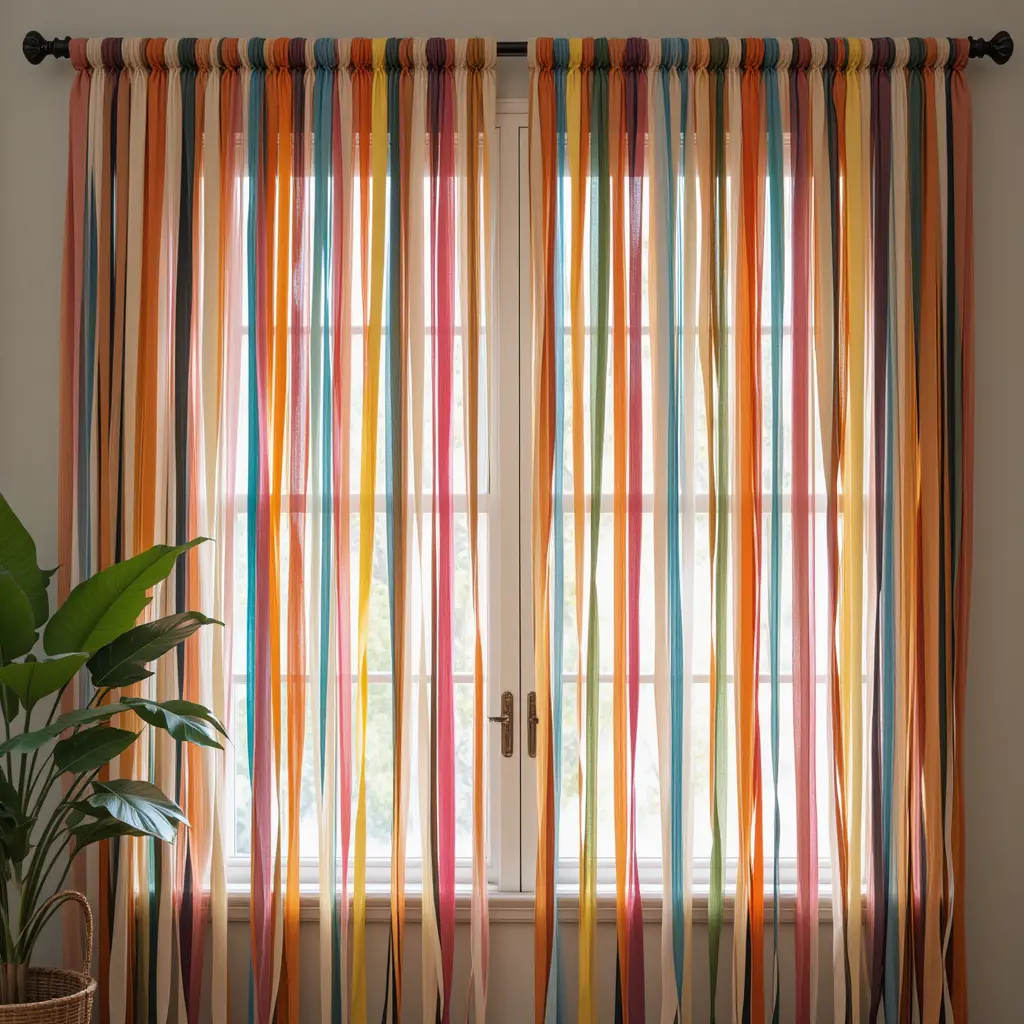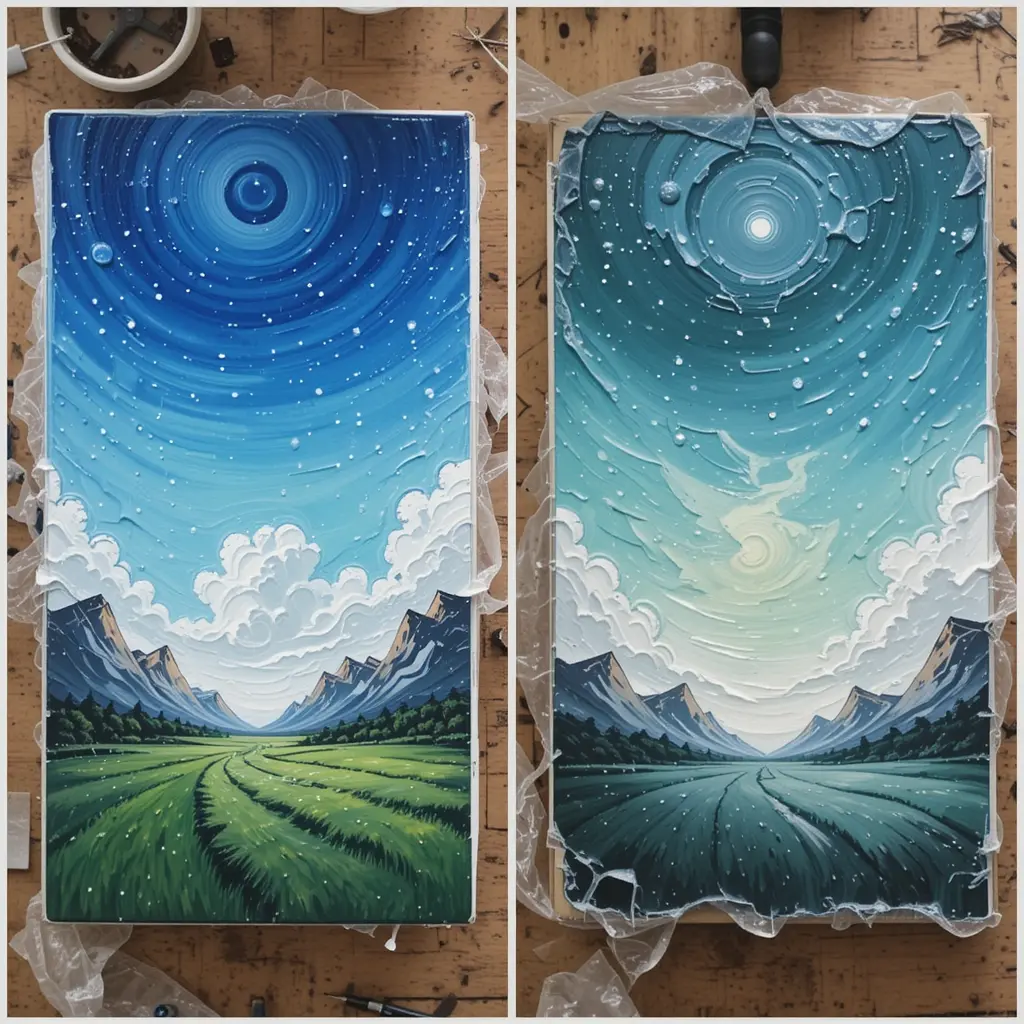Are you looking to unleash your creativity and add a personal touch to your living space? In this comprehensive guide, we will walk you through the process of creating your very own abstract canvas art. Whether you’re a seasoned artist or just starting, this step-by-step tutorial will provide you with all the necessary information to kickstart your artistic journey. From planning and material selection to exploring various techniques and styles, this guide has got you covered. So, grab your brushes and let’s dive into the colorful world of abstract canvas art!
Planning Your Abstract Canvas Art
When it comes to creating abstract canvas art, planning is a crucial step in the process. Here are some key points to consider:
- Inspiration: Start by finding inspiration for your artwork. This could come from nature, emotions, or even other artists.
- Color Scheme: Decide on a color scheme that reflects the mood or message you want to convey through your art.
- Composition: Think about the layout and composition of your artwork. Consider elements such as balance, movement, and focal points.
- Size and Scale: Determine the size of your canvas and how the scale of your artwork will impact its overall impact.
- Experimentation: Don’t be afraid to experiment with different techniques and styles to find what works best for your vision.
By carefully planning your abstract canvas art, you can create a piece that truly speaks to your artistic vision and resonates with viewers.
Choosing the Right Materials
When creating abstract canvas art, choosing the right materials is crucial to achieving the desired result. Here are some key factors to consider:
1. Canvas
- Opt for a high-quality canvas that is durable and able to withstand the painting techniques you plan to use.
- Consider the texture of the canvas surface and how it will impact the overall look and feel of your artwork.
2. Paint
- Choose acrylic, oil, or watercolor paints based on your preference and the effect you want to achieve.
- Consider the quality and pigmentation of the paint to ensure vibrant colors and long-lasting results.
3. Brushes and Tools
- Invest in a variety of brushes in different sizes and shapes to create various textures and details in your artwork.
- Explore other tools such as palette knives, sponges, or even unconventional items to add unique elements to your painting.
4. Sealant
- Protect your finished artwork with a sealant to prevent damage from dust, UV rays, and other environmental factors.
- Choose a sealant that is compatible with the type of paint you used and provides the desired finish (matte, glossy, etc.).
By carefully selecting the right materials for your abstract canvas art, you can enhance your creative process and produce stunning pieces that reflect your artistic vision.
Exploring Techniques and Styles
When it comes to creating abstract canvas art, there are a plethora of techniques and styles to explore. Each artist has their unique approach, and experimenting with different methods can lead to exciting results.
1. Brushwork
Brushwork is a fundamental aspect of creating abstract art. The way you apply paint to the canvas can significantly impact the overall look and feel of the piece. Experiment with different brush sizes, shapes, and strokes to achieve varying textures and effects.
2. Color Theory
Understanding color theory is crucial in abstract art. The choice of colors can evoke different emotions and set the mood of the artwork. Experiment with complementary, analogous, or monochromatic color schemes to see how they interact with each other.
3. Texture
Adding texture to your abstract canvas art can create depth and visual interest. You can achieve texture through various techniques such as layering paint, using palette knives, or incorporating mixed media elements like sand or collage materials.
4. Mark Making
Mark making involves creating unique patterns, lines, and shapes on the canvas. These marks can add a personal touch to your artwork and help convey your artistic voice. Experiment with different tools and techniques to develop your signature mark-making style.
5. Abstraction Levels
Abstract art can range from slightly abstract to completely non-representational. Explore different levels of abstraction in your work to find a style that resonates with you. Whether you prefer semi-abstract landscapes or purely geometric compositions, there is a wide range of possibilities to explore.
6. Mixed Media
Integrating mixed media elements into your abstract canvas art can add depth and complexity to your work. Experiment with combining paint, ink, pastels, collage, or found objects to create dynamic and visually engaging pieces.
7. Artistic Movements
Studying different artistic movements can provide inspiration and influence your artistic style. Explore movements such as Abstract Expressionism, Cubism, or Minimalism to gain insights into different techniques, styles, and philosophies that can inform your own artwork.
Exploring techniques and styles in abstract canvas art is a journey of self-discovery and creative expression. Embrace experimentation, take risks, and push the boundaries of your artistic practice to develop a unique and compelling body of work.
